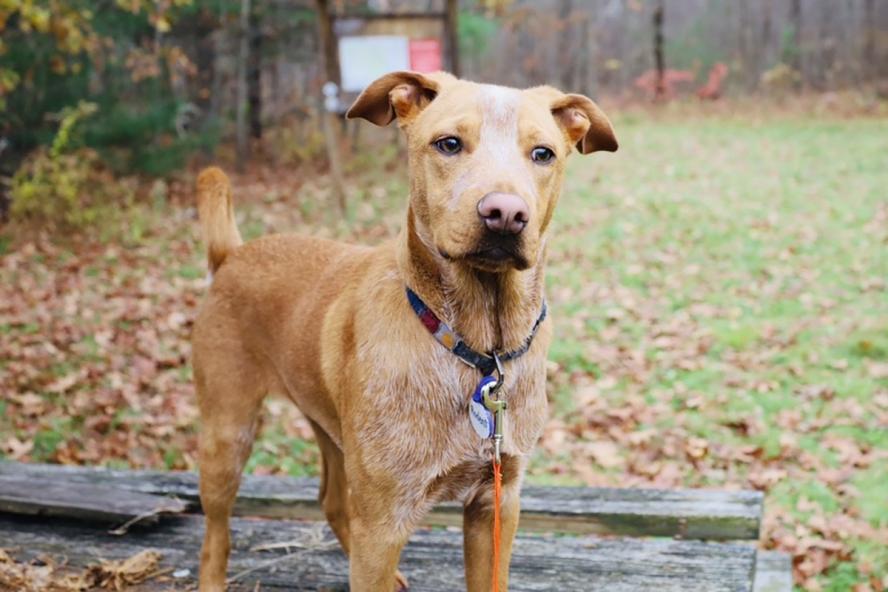“He came in through the ER and was a very sick little puppy, febrile (feverish) with swollen joints,” says Dr. Emily Karlin, V08 (she/her), a cardiologist and assistant clinical professor in the Department of Clinical Sciences. “He had a history of a heart murmur but had not been diagnosed with heart disease.”
Karlin’s team, including third-year cardiology resident Dr. Joey LaMastro, performed an echocardiogram (echo) and a consult, which revealed that George had a patent ductus arteriosus (PDA), which occurs when the ductus arteriosus fails to close after birth. A portion of the oxygenated blood from the left side of the heart flows back to the lungs through the aorta (which has a higher blood pressure) to the pulmonary artery (with a lower blood pressure). An uncorrected PDA can lead to left-sided congestive heart failure or occasionally pulmonary hypertension, characterized by increased blood pressure in the arteries of the lungs.
Although a relatively common congenital heart defect in puppies, most are not systemically ill, says Karlin. “He was sick with more than just heart failure because he was also febrile and had joint pain, which made us worried about infectious processes. Additional testing revealed that George also had pneumonia and Mycoplasma cynos, a respiratory infection that was most likely causing secondary joint inflammation.
Generally, a PDA in dogs is usually fatal if it isn’t fixed in the first two years. “But, if you can repair it, they can usually lead a pretty normal life,” Karlin contends. Because George had an active infection, he was hospitalized for a few days and put on two antibiotics.
“We wanted to give him some time to heal because when you fix a PDA, a foreign implant is placed in the hole to plug it,” she shares. “You would not want to do that during an active infection, because bacteria could latch onto the plug—which would be very difficult, or maybe impossible, to clear.”
George returned to Foster Hospital for Small Animals eight days after his initial consultation for surgery to repair the PDA. He was feeling well that day, and the surgery was a success, Karlin says.
“We saw him in October and his heart was much better. In fact, he was so exuberant that it was hard to do an echo because he didn’t want to sit still,” says Karlin, noting that although George has some mild abnormalities with his pulmonary valve (one of four valves that control blood flow in the heart) it should not be a problem for him.
Throughout the ordeal, Peters appreciated the consistent information, care, and support she received from Drs. Karlin and LaMastro. “The doctors were awesome,” says Peters. “Joey [LaMastro] kept me positive. We visited often during his hospital stay and they were so accommodating … we quickly learned how much he was loved by the affectionate staff.”
Now eight months old, weighing 30 lbs. and growing, Peters is amazed at George’s enthusiasm since the surgery. “When I first got him, he was very quiet, not like a normal puppy that is so excited to see you,” she explains. “He’s wild now … almost a completely different dog. It’s crazy.”
The team at Foster Hospital for Small Animals will see George again when he’s fully grown, to make sure his heart is remodeled and gotten back to as normal as it can be. Karlin shares, “As long as there are no ongoing issues, we hope he will be able to lead a normal life.”
